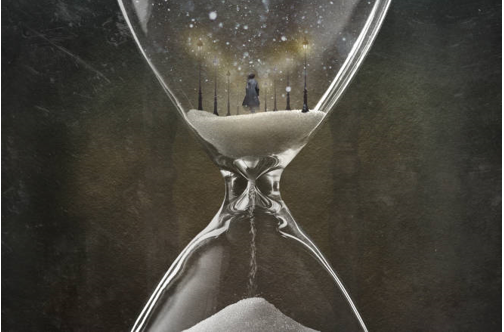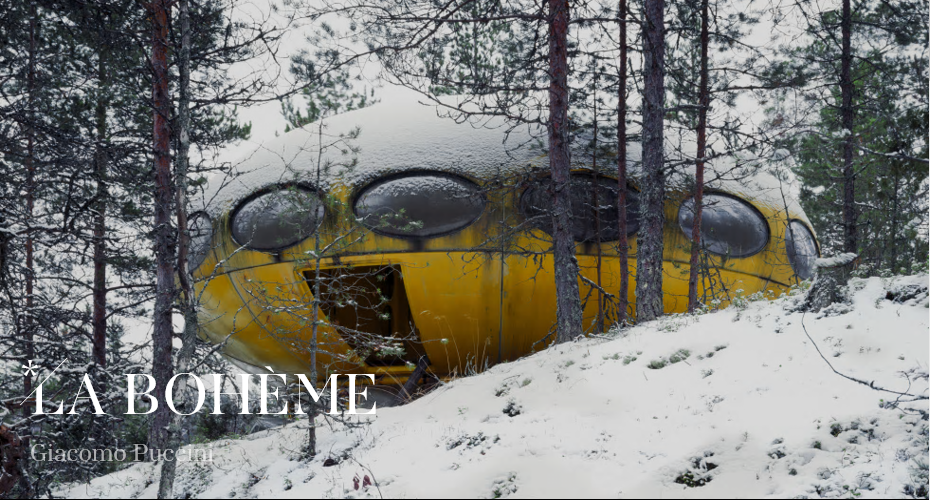La Boheme – Puccini – Royal Opera House
Image taken from the Royal Opera House website
The intimacy of Richard Jones’s production of La Boheme is well conceived. However, the rooftop apartment shared by the writers and artists is rather lacking in 19th century Marseilles style. It has clean lines and beautiful fresh pinewood sets. There is no hint of atmospheric old town accommodation and even the ladder through the sky roof, constantly open to the elements, does not really make sense, nor does the smoke from the chimney when there is no working fireplace.
The movement in the first Act was somewhat messy, as was Mimi’s recovery from fainting, which happened at the speed of sound. The lost key in Act 1 was cleverly portrayed, but it was Jones’s brilliant conception of the Act 2 Café Momus scene that left the audience aghast with applause. This really seemed as good as it gets and this Act has settled nicely in this new revival. The Café Momus costumes are splendid and the kids are no longer street kids, but the ‘best dressed kids on the block’. This was certainly not in John Copley style, whose old production lasted for nearly 40 years at the ROH.
Perhaps the third Act was the most authentic, with a clear snowy stage and a transparent bar cabin screening Musetta’s indiscretions. And what a Musetta we had. The Russian born soprano, Aida Garifullina, who studied in Vienna, was vocally outstanding and appropriately extrovert in her role, particularly in the Café Momus Act. Bearing in mind this was her debut at the ROH, it was indeed a show stopping performance.
Mimi was sung by the Romanian born British soprano Simona Mihai, who stepped in at short notice as the advertised Mimi Sonya Yoncheva fell ill. Whilst she started somewhat nervously, she was beautifully touching in the third and fourth Acts, raising the pathos bar to new heights with her vocal interpretation of the dying seamstress.
Her lover Rodolfo was ardently sung by the American tenor Charles Castronovo, whose substantial Italianate sound occasionally lacked the subtlety required, particularly when he lost some line in his Act 3 duet.
The Marcello of Andrzej Filonczyk, the Schaunard of Gyula Nagy and the Colline of Peter Kellner – with a nice aria to his coat – all added well to the quality of the evening. I know Jeremy White’s Benoit is a wonderful character part, but it doesn’t work so well when the Director places his seating facing into the stage rather than outwards into the auditorium. It was uncomfortable to see him having to turn in his chair as he tried to sing to the audience.
The French Conductor Emmanuel Villaume was caring in the pit, giving a wonderful pacey account of the music. However, occasionally there could have been a slightly better balance of sound between orchestra and singers, as the score requires.
A reasonable night to enjoy.






